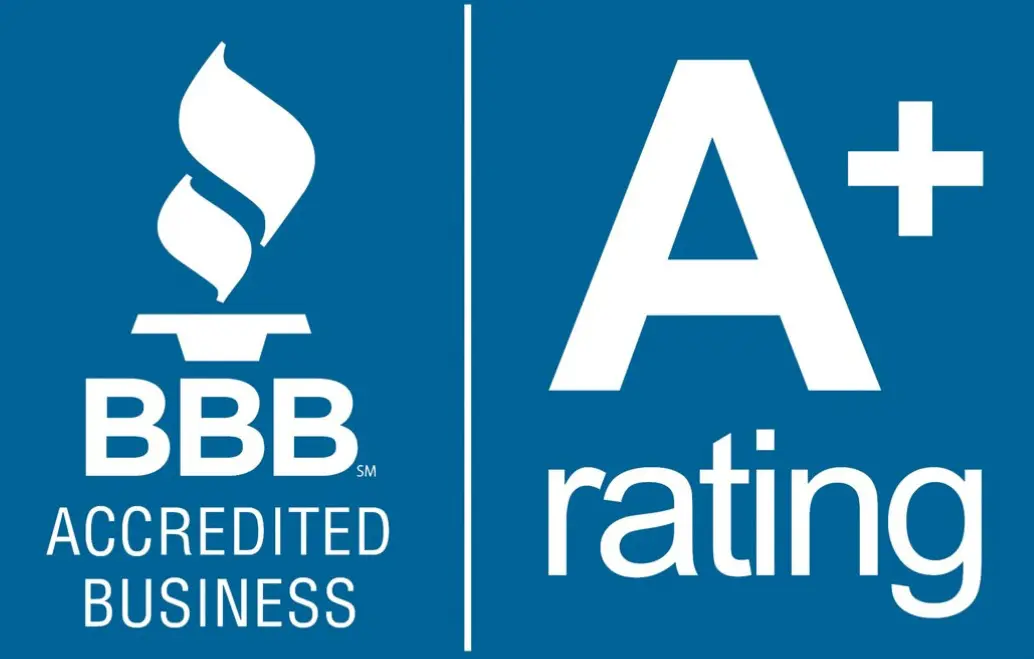How To Foster a Positive Work Environment

We spend so much of our lives at work, so it’s no wonder that where we work is just as important as the job itself. Even your dream job could potentially be tarnished by a toxic culture or a poor working environment. As a manager, one of your most important jobs is to set the right tone in the workplace for your employees. The attitude your employees bring to work matters, and attitudes are heavily influenced by their work environment. If you want your talent to perform to the best of their abilities, you must foster a positive work environment. In this blog, we’ll discuss a few different ways to achieve this.
Communication is Key
Good communication between management and employees is essential for a positive workspace. Your employees need to have a clear understanding of what they need to accomplish, but you also need to know what your employees expect from you. There must be open communication channels and an equal amount of communication amongst you and your employees (not just top down).
The most important part of communication is to be clear and direct. Don’t avoid issues. Address them head-on. Make it clear why certain behaviors or levels of performance are an issue. If the news is bad news, it is much better to be direct than to delay the news.
Recognize & Reward Hard Work
Recognizing an employee’s hard work is essential. Not only will this encourage them to keep up their hard work, but it also shows your employee that hard work does not go unnoticed. If it is clear that hard work is acknowledged and appreciated, other employees may excel in order to receive the same recognition.
A great way to acknowledge your employee’s hard work is during a staff meeting. Set aside a few minutes in the meeting to address your employee’s accomplishments in front of their peers. Another simple way to reward your employees is to let them leave work a little early or come in later. The half-an-hour or hour of work missed is an easy loss to take when you’re rewarded with the increased productivity a happy (and loyal) employee will bring you. Similarly, you can also reward employees for spending time outside of the workday furthering their knowledge in your industry, growing their skills and expertise.
Demonstrate Trust
Make sure your employees know you trust them. This includes refraining from micro-management. Don’t hover over them and give them limited space to work on their own. It may be difficult to withhold your involvement, but micromanaging will create an uncomfortable work environment for your team. Take a step back, and let your employees do what you hired them to do. If you’ve already properly communicated your expectations to your workforce, you should be able to trust them to meet those expectations.
Create a Safe Space
Nothing can tear your work environment down quicker than toxicity. Toxicity can take the form of an office bully, poor behavior entrenched among co-workers, or even poor expectations set by management, like the expectation to reply to emails after working hours. Toxicity will stifle new ideas and inhibit collaboration. In order to create a safe space for your employees, you need to eliminate any negative personalities and policies. Furthermore, every idea needs to be respected, regardless of the seniority of the staff member presenting it. Each team member needs to be treated equally. If you make sure you lead with honesty and integrity, your employees should feel safe.
Incorporate Some Fun
Make sure your employees enjoy coming to work each day. Being professional and being fun are not mutually exclusive concepts. At the end of the day, a happy employee is much more effective than an unhappy one.
There are plenty of ways to add fun to the average workday without sacrificing productivity. Find creative ways to let your employees show off their personalities. Hold office-wide contests. Allow more flexibility with your staff’s breaks, whether you allow more frequent small breaks or longer lunches. Put your employees’ birthdays on your calendar and make them feel special in the office. Be creative!
Be the Leader
As a leader, you set the overall tone for your employees in the office. If you want to achieve a positive work environment, it starts with you. Don’t show up to work short-tempered and exuding negativity, or run the risk of setting a bad example for the rest of the office. There is a high possibility your employees will react the same way.
Be uplifting and encouraging towards your employees. Listen to what they have to say and be engaging. Let them have a voice, be the supportive leader they need, and you’ll be well on your way to establishing a positive work environment that brings the best out of your talented team.

